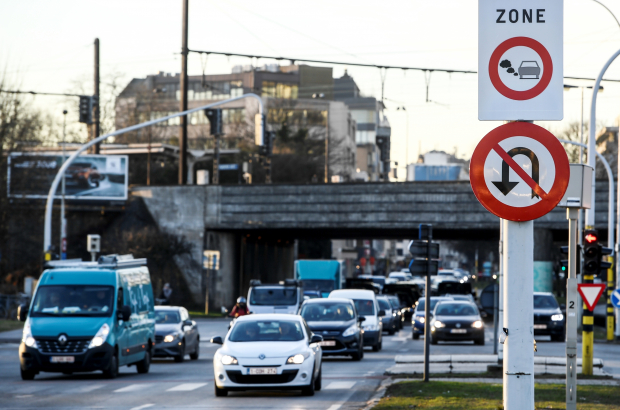- Daily & Weekly newsletters
- Buy & download The Bulletin
- Comment on our articles
Antwerp's low-emission zone delivers better air quality
From Flanders Today: Air quality in Antwerp has massively improved following the introduction of a low-emission zone (Lez) in the city centre just over a year ago. According to measurements taken in busy parts of the city – notably on the Belgiëlei, the Plantin and the Mortselei – the prevalence of all dangerous particles arising from automobiles has fallen, with a 20% drop in soot, the most dangerous.
“I am very pleased with these preliminary results,” said environment city councillor Nabilla Ait Daoud. “The efforts we have made with the Lez do indeed deliver health benefits.”
Lez prohibits the most polluting vehicles, including older diesels and very old petrol-fuelled automobiles from entering most areas of Antwerp. Using the Euronorm environmental standard, Antwerp determines which vehicles may enter the zone.
The zone was introduced in early 2017 in central Antwerp, Borgerhout and Linkeroever (Left Bank). A feasibility study is underway to expand the zone to districts outside the Antwerp ring and even to some towns on the outskirts of the city.
According to Ait Daoud, the city is not in a hurry to expand the zone, despite the impressive results. “The study is still ongoing. It is a very complex exercise. For example, the air quality situation there is not the same as in the inner city.”
A chief concern are the alternatives that residents have in peripheral areas where public transport alternatives are fewer. Then there is the big question of how to police the zone. “The larger the area, the more cameras you need on the approach roads, and the higher the costs,” said Ait Daoud.
But drivers are already paying much more attention to the conditions of the low-emission zone. In February last year, 5.2% of drivers were in breach in regulations. Now, there are less than 1% who cross into the zone without meeting the conditions.
In 2020, the conditions for the zone will be made tougher. And again in 2025.
Photo: Dirk Waem/Belga

















